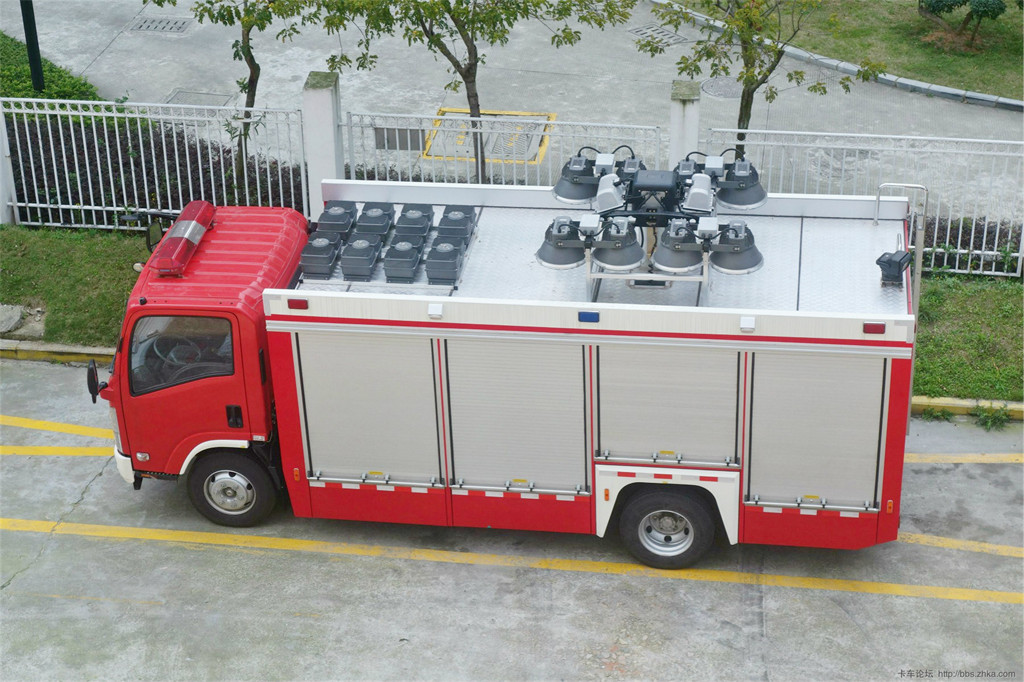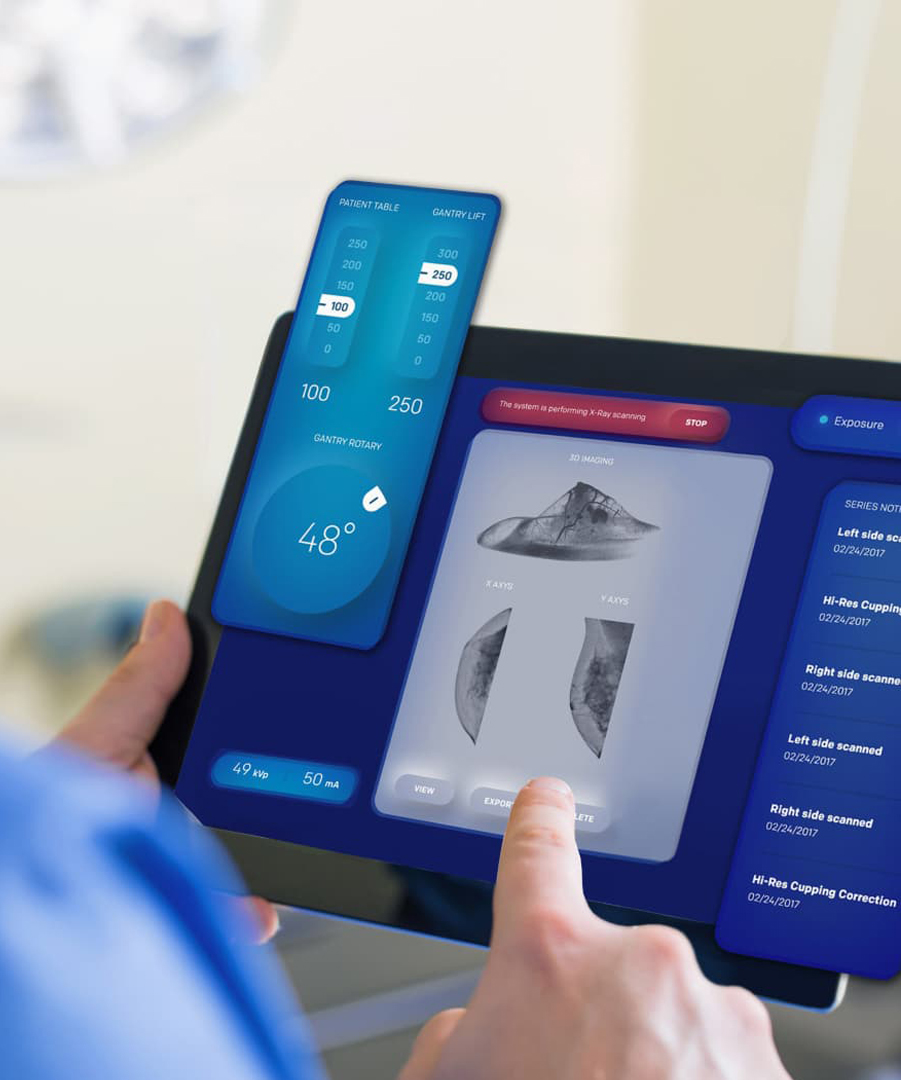2025款全新伊斯铃消防照明车在业内有多种名称,包括照明电源消防车、消防移动照明车和应急救援照明消防车。在某些情况下,它也被归类为多功能应急救援车辆。伊斯铃消防照明车与普通消防车之间的核心区别
应急救援照明消防车核心任务是为火灾现场提供夜间照明和电源。它配备了大功率移动照明系统(例如LED矩阵灯光组或升降式探照灯),覆盖半径可达300-800米。它属于特种消防车,主要用于辅助救援,而非直接灭火。
➢ 中国最好的救援消防车厂
➢ 500多名工人,大型先进的生产
➢ 我们拥有强大的专业设计团队
➢ 及时交货。欢迎任何订单
➢ 24个月的长期质保
2. 电力燃气系统
消防照明车的核心气源是车载柴油或汽油发电机,通常设计功率为10-50千瓦,可以满足高强度照明和设备的供电需求。一些先进的车型尝试集成锂离子电池组作为辅助能源,以降低运行噪音,提高环保性能。
3. 技术发展领先地区
中国在该领域的发展速度位居世界前列。2022年至2025年间,通过智能控制系统和模块化设备集成两项关键技术突破,照明覆盖半径已从传统的300米扩大到800多米,设备部署时间缩短至3分钟以内。
4. 标准功能配置
照明单元:包含4-6套可升降式LED矩阵灯光组,单灯亮度超过20000流明
能源模块:双冗余发电机系统或混合动力电源装置
救援设备:液压破拆工具组、红外热像仪和空气呼吸器储物舱
通信中继:车载微波传输设备和卫星定位系统
5.典型市场应用
2024年某沿海省份消防队的代表性采购案例:
采购数量:18台
单价:约人民币280万元
功能亮点:集成无人机巢穴,对火灾情况进行3D建模
用户反馈:夜间救援效率提高65%,人员误操作率降低40%。
六、技术创新方向
智能光谱调节:根据烟雾浓度自动切换穿透光波波段
新能源适配:氢燃料电池驱动方案进入实际测试阶段
多任务集成:扩展医疗急救舱和危险化学品检测功能模块
物联网联网:5G技术实现多车照明覆盖无缝连接
作为现代消防救援系统中的关键节点设备,该型号的技术演进直接反映了公共安全领域科技进步的水平。随着智慧城市建设的推进,消防照明车正从单一功能设备向综合应急平台转型,这将对未来的防灾减灾模式产生深远的影响。
型号
PST5110GXFL
发动机
型号
4HK1-TC40
总重
12000kg
额定扭矩
1560N·m/1200-1500(r/min)
|
消防泵
|
型号
|
CB10/40
|
活塞真空泵
|
真空≥85kPa,
|
高度≥7m
|
|
功率
|
额定:40L/S 1.5MPa
|
消防炮
|
型号
|
|
PL30
|
角度
|
水平
|
0-360°
|
射程
80M(泡沫)/95M(水)
|
|
俯仰角
|
-30°-70°
|
|
额定流量
|
40L/S 1.3MPa
|
升降照明系统
|
型号
|
YZH4-5.04CA
|
发动机
|
|
型号
|
SH6500EXS
|
主灯功率
|
4×1000W
|
|
额定电压
|
220V
|
|
高度
|
≥7.0m
|
额定功率
|
5kW
|
充电装置
|
型号
|
|
YYKJ-CD-24V
|
输出电压
|
24V
|
输入电压
|
|
220V
|
出口压力
|
0.8MPa
|
泡沫混合器
|
|
型号
|
PH64
|
混合比例
|
3%-6%
|
牵引绞车
|
|
型号
|
美国冠军N12000XF
|
拉力
|
5443kgf
|
|
电压
|
24VDC
|
齿轮比
|
|
402:1
|
功率
|
|
4.8kW
|
工作速度
|
5.6m/min
|
水箱
|
3000L
|
|
泡沫箱
|
无
|
消防照明车技术发展模式和领先地区分析
|
全球发展模式
|
|
1、北美市场:
|
作为传统消防设备技术的制高点,北美在消防车智能化和车联网技术领域具有先发优势。2024年,其消防车市场份额将达到86.1%。政府持续投资部署先进消防设备,尤其是在多功能一体化消防车研发方面。
|
2、欧洲市场:
|
德国凭借汽车工业基础,在消防车底盘技术与特种救援设备集成方面表现突出,其产品以高可靠性著称。近年来,欧洲市场加速将人工智能和物联网技术应用于消防车,预计未来五年增长率将达到4.1%。
|
|
3、中国市场突破性进展
|
技术创新能力:中国通过模块化设计和新能源动力系统(如锂电池储能和氢燃料电池)的研发,实现了800米以上的照明覆盖半径和不到3分钟的设备部署效率。市场扩张:2024年,中国消防照明车市场规模增长速度将是全球平均水平的1.5倍,核心城市群消防部门采购同比增长32%,国产化率提升至65%。政策驱动效应:智慧城市和应急管理体系建设将推动需求增长。
|
即将在2025年实施的《消防装备智能化升级三年行动计划》明确要求地级以上城市单位配备新一代消防照明车。中国已成为消防照明车技术迭代和市场扩张速度最快的国家,其发展势头源于政策支持、产业链协同创新和本土化成本优势的多重叠加。虽然北美在传统技术方面仍具优势,但中国在新兴赛道如智能化和新能源适配方面已形成显著的追赶态势。
|
NIL
|



Analysis of the development pattern and leading regions of lighting fire truck technology
Global development pattern
1, North American market:
As a highland of traditional fire equipment technology, North America has a first-mover advantage in the field of fire truck intelligence and telematics technology. In 2024, its fire truck market share will reach 86.1%1. The government continues to invest in the deployment of advanced fire equipment, especially in the research and development of multifunctional integrated fire trucks.
2, European market:
Germany, relying on the foundation of the automobile industry, has outstanding performance in the integration of fire truck chassis technology and special rescue equipment, and its products are known for their high reliability2. In recent years, the European market has accelerated the application of artificial intelligence and Internet of Things technologies in fire trucks, and the growth rate is expected to reach 4.1% in the next five years.
3, Breakthrough progress in the Chinese market
Technological innovation capabilities: China has achieved a lighting coverage radius of more than 800 meters and equipment deployment efficiency of less than 3 minutes through modular design and the development of new energy power systems (such as lithium battery energy storage and hydrogen fuel cells). Market expansion: In 2024, the market size of China's lighting fire trucks will grow 1.5 times faster than the global average, with procurement by fire departments in core urban clusters increasing by 32% year-on-year and the localization rate rising to 65%. Policy-driven effect: The construction of smart cities and emergency management systems will drive demand growth.





The "Three-Year Action Plan for Intelligent Upgrading of Fire Equipment" to be implemented in 2025 clearly requires that units above prefecture-level cities be equipped with a new generation of lighting fire trucks. China has become the country with the fastest technology iteration and market expansion of lighting fire trucks. Its development momentum comes from the multiple superposition of policy support, collaborative innovation of the industrial chain and localized cost advantages. Although North America still has advantages in traditional technology, China has formed a significant catching-up trend in emerging tracks such as intelligence and new energy adaptation.











